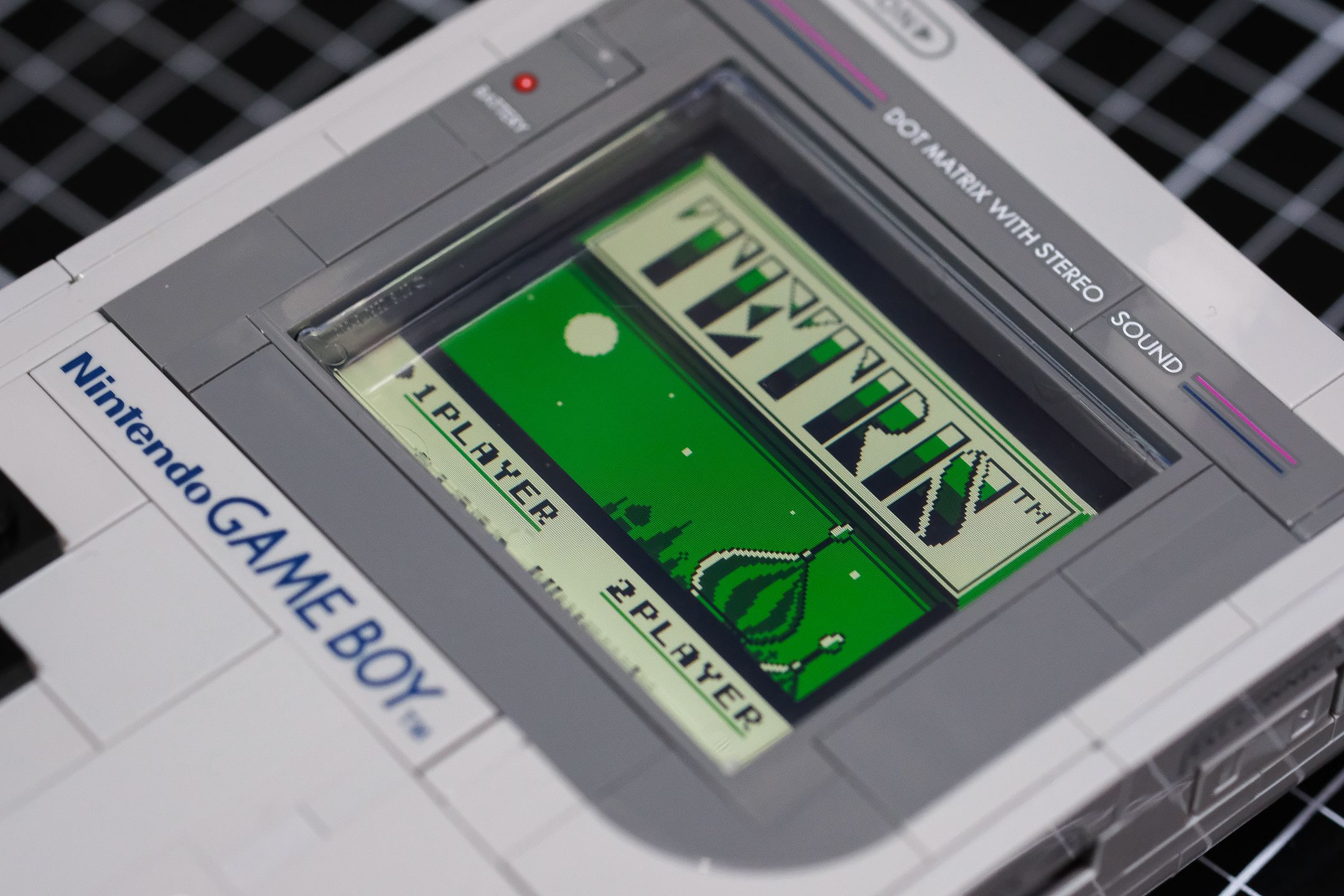While Lego's official Game Boy went on sale today as a display piece, Australian modder Natalie the Nerd has already created something far more impressive - a fully functional version that plays real cartridges. This isn't emulation or clever software tricks, but actual Game Boy hardware crammed into the brick-built shell.
The timing couldn't be more perfect. Just as Lego's official Game Boy hits shelves worldwide, Natalie the Nerd - the self-taught Australian circuit board designer who caught our attention with her transparent Game Boy project - has done what Nintendo and Lego didn't dare attempt. She's made their brick-built console actually play games. This isn't some Raspberry Pi hack stuffed into a plastic shell. What Natalie's created is far more technically impressive - a complete Game Boy circuit board that's smaller than an actual Game Boy cartridge, running real Game Boy chips and accepting real Game Boy cartridges. The engineering challenge was immense. To fit everything into the Lego set's constrained interior, she had to design a custom PCB from scratch, integrate what she calls "the smallest screen kit on the market," and figure out how to make it all work within the brick-built form factor. The project required removing some Lego pieces to accommodate the screen, but the result speaks for itself. The images show Tetris running perfectly on original hardware, complete with working buttons that will eventually mount to a custom 3D-printed Lego piece. She's already integrated USB-C charging, giving the build modern convenience while maintaining authentic Game Boy functionality. The technical achievement becomes even more remarkable when you consider the space constraints. Game Boy cartridges themselves are roughly 60mm by 85mm, yet Natalie managed to fit an entire Game Boy motherboard, screen, power management, and button interface into a space not much larger. This represents the kind of miniaturization that typically takes companies years and millions in R&D to achieve. For the broader maker community, Natalie's work highlights how individual creators are pushing hardware boundaries in ways that established companies often won't risk. While Lego created a beautiful display piece, it took an independent modder to bridge the gap between nostalgia and functionality. The modding scene has always thrived on this kind of "what if" thinking, but rarely with such technical precision. Natalie's documented history of Game Boy modifications through her business selling aftermarket components and sharing suggests this isn't a one-off passion project. She's built an entire ecosystem around Game Boy enhancement, and this Lego integration represents her most ambitious work yet. The project also showcases how modern fabrication tools have democratized complex electronics. Custom PCB manufacturing that once required major capital investment is now accessible to skilled individuals, enabling projects like this that blur the line between professional and hobbyist engineering. What makes this even more compelling is Natalie's commitment to open-source sharing. "I am going to release it once I am happy with it," she , meaning other skilled makers will eventually be able to recreate this feat. This approach mirrors the broader maker movement's philosophy of building on each other's work rather than guarding trade secrets.












